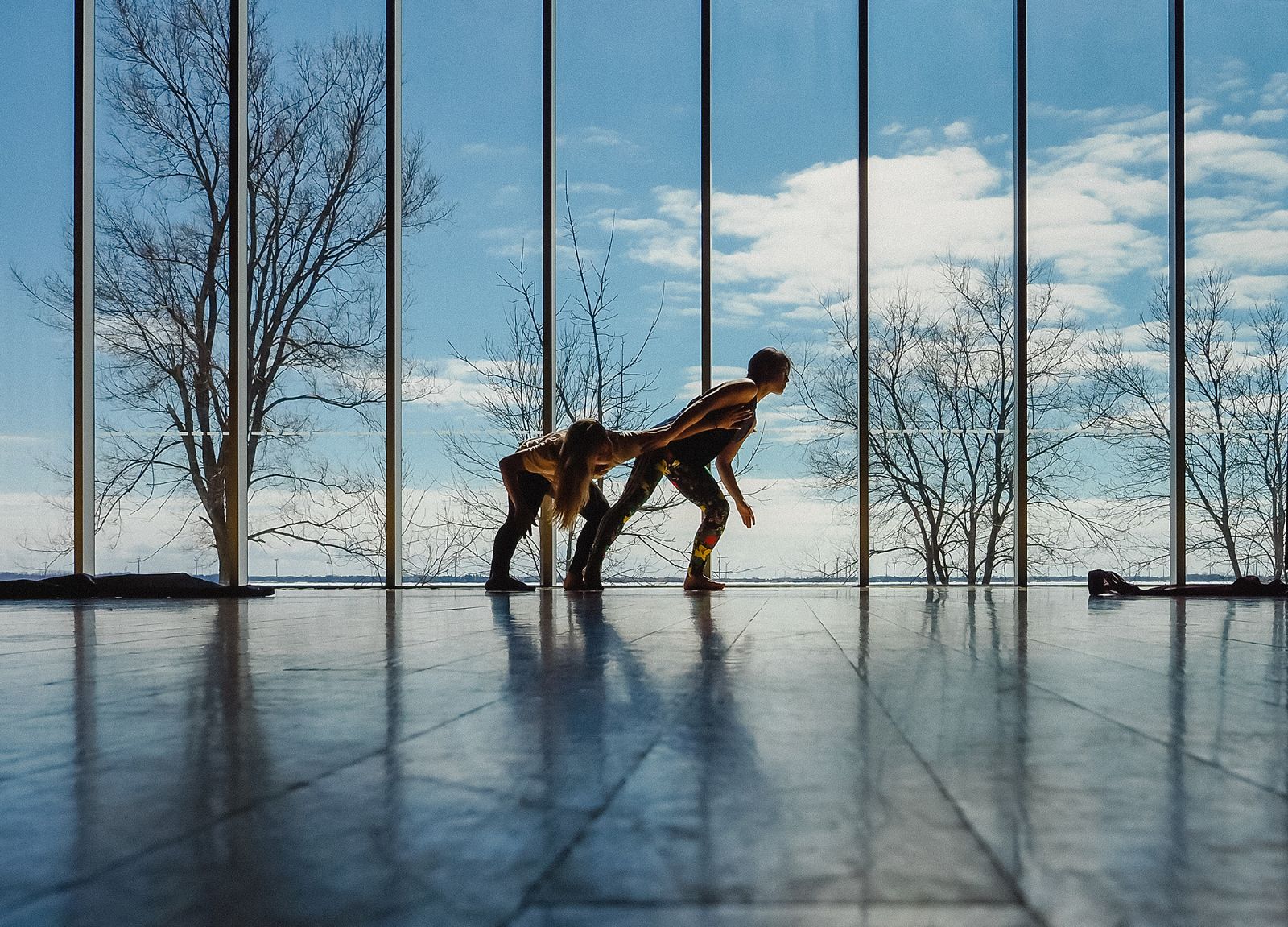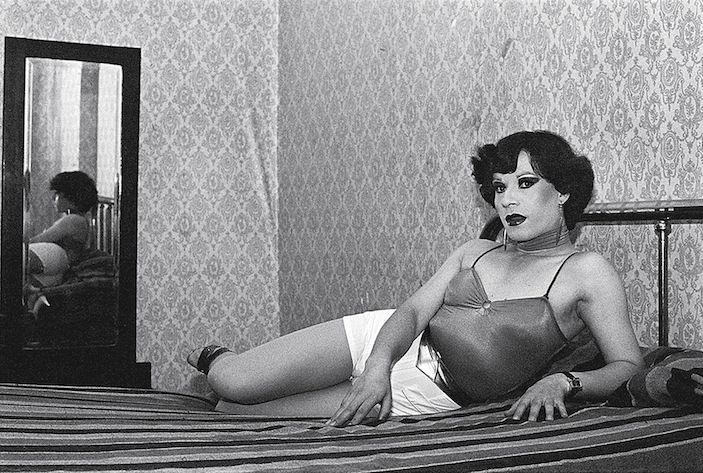In September 2019, the third edition of the Chicago Architecture Biennial opened with projects by over 80 architects, designers, and artists. Titled …and other such stories, the Biennial was curated by Yesomi Umolu, Sepake Angiama, and Paulo Tavares.
Taking an approach that has since only increased in relevance, the curators looked beyond Chicago's place in the canon of modern architecture and proposed a reading of the city and its built environment that drew from a history of colonial expansion, extraction economies, migration, and ecological concerns.
A year later, we revisited the exhibition with its curatorial team, based in Chicago, London, and Brasilia. The discussion focused on their take on the Biennial, their research-driven methodology, and how their interest in pedagogy manifested throughout the exhibition.
"The 2019 Chicago Architecture Biennial is rooted in close readings of the spatial realities of its host city. Sitting at the crossroads of the Great Plains and the Great Lakes, Chicago has been shaped by planetary forces: colonial expansion, mass migration, extraction economies, and rapid industrialization. Thus, Chicago’s urbanism is inextricable from the flows of people, goods, and capital—and the concurrent exploitation of bodies, labor, and nature—that have contributed to its making. Today, despite the promise of economic development, Chicago, like many other established and emergent global metropolises, faces challenging urban conditions that require the reimagining of forms of exchange between human activity, technology, and the natural world. By extension, owing to its physical geography, Chicago is a singular context in which to address climate and ecological concerns shared by many postindustrial societies."
More info on the 2019 Chicago Architecture Biennial here.







